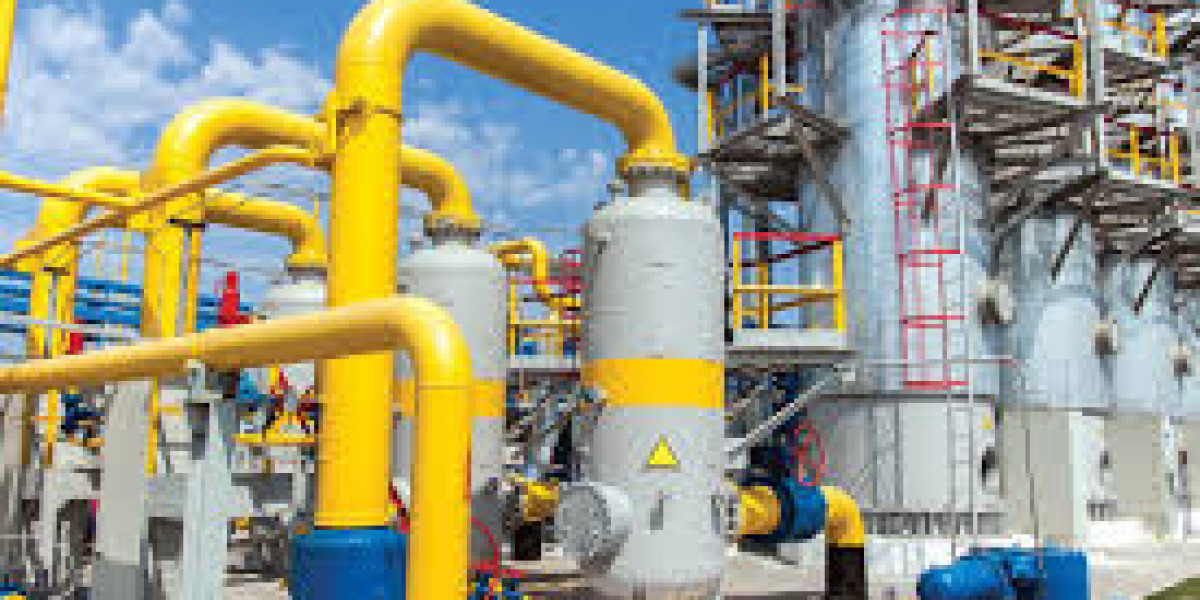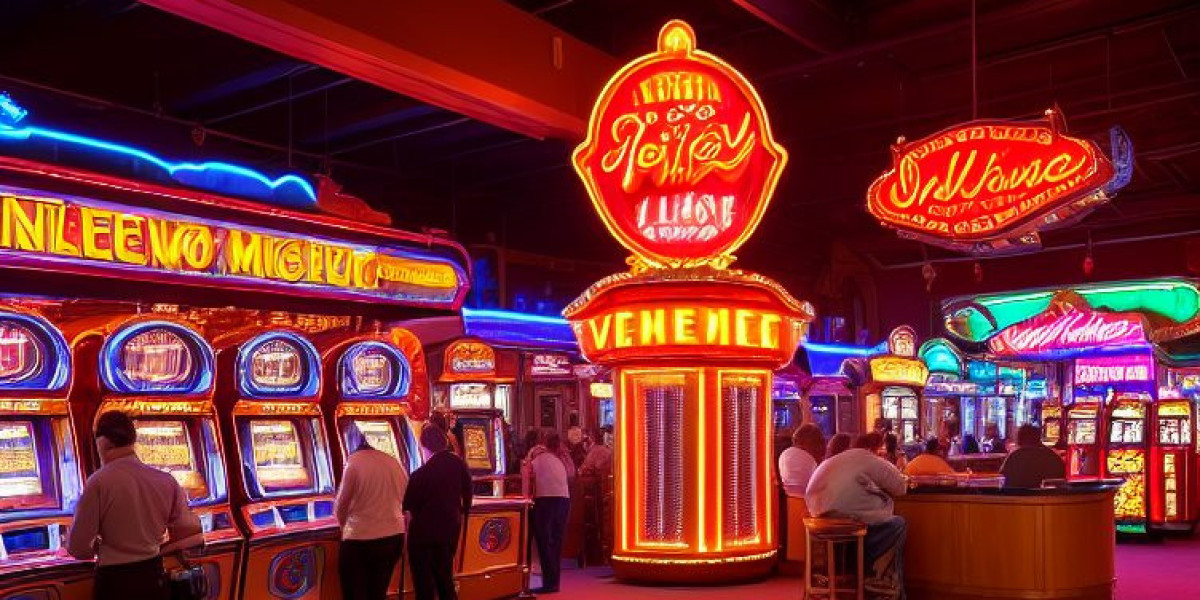The performance coating market is gaining traction within the railway industry, driven by the sector’s increasing focus on safety, sustainability, and lifecycle efficiency. As rail infrastructure and rolling stock are subject to harsh weather, mechanical wear, and stringent maintenance demands, advanced coatings are essential for enhancing durability, reducing costs, and ensuring performance across decades. Here’s a detailed look at how coatings are transforming the railway world.
1. Corrosion Protection for Infrastructure and Rolling Stock
Rail environments present persistent threats such as moisture, chloride salts, and industrial pollution—conditions that accelerate rust and metal deterioration. Performance coatings are applied on bridges, tracks, train chassis, and undercarriages to form robust barriers against corrosion, preserving structural integrity and preventing infrastructure failures. Multi-component systems that include primers, anticorrosive layers, and topcoats help achieve the extended service intervals expected in railway operations.
2. Resistance to Mechanical Stress and Wear
Train bodies, platforms, and equipment endure heavy use and abrasive forces—from constant loading/unloading operations to friction against brake components and wheel encounters. High-performance coatings that resist scratching, abrasion, and impact protect against aesthetic damage and structural degradation, while easing maintenance tasks and improving passenger safety in the long term.
3. Thermal Stability and UV Protection
In exposed rail networks, components are subject to fluctuating temperatures and ultraviolet radiation. Performance coatings enhanced with UV absorbers and heat-resistant binders protect surfaces from chalking, fading, and aging. On hot rails, temperature-stable formulations help maintain structural yield strength, safety clearances, and consistent operation—even under prolonged sun exposure.
4. Anti-Graffiti and Maintenance-Friendly Surfaces
Public-facing rail assets like train exteriors, stations, and metro systems are vulnerable to vandalism and graffiti. Coatings with anti-graffiti properties, hydrophobic finishes, and strong chemical resistance allow for easy cleaning and restoration—reducing operational disruptions and improving aesthetic upkeep. These surfaces also often feature improved abrasion resistance, which helps preserve integrity during cleaning cycles.
5. Noise Dampening and Fire Safety
Fire-resistant intumescent coatings are used in high-traffic areas such as train stations and interiors to enhance passenger safety and comply with fire-code regulations. Noise-dampening coatings applied to trackbed surfaces or underfloor components help reduce vibration-induced noise, improving comfort in both rolling stock cabins and urban transit spaces.
6. Energy Efficiency via Reflective & Insulative Finishes
Light-colored or reflective coatings applied to roofing, carriage exteriors, or station structures reduce solar heat absorption. This “cool surface” effect helps lower spending on air conditioning and reduce thermal loads on rolling stock. Coatings with thermal insulating properties also play a role in interior climate control, especially in extreme temperature regions.
7. Sustainable & Eco-Conscious Formulations
As the rail industry prioritizes eco-credentials, performance coatings are increasingly designed to be low-VOC, waterborne, or powder-based—minimizing environmental impact during application. Manufacturers are exploring bio-based resins and solvent-free solutions that reduce harmful emissions while meeting the high-performance demands of railway service environments.
8. Application Efficiency & Longevity
Coatings used in the railway segment must support fast application and rapid curing to accommodate tight maintenance schedules. Speed-curable primers and topcoats reduce downtime for fleets and stations. Additionally, long-lasting coating systems—designed for multi-year service intervals—drive cost-effectiveness by cutting renovation cycles and maintenance labor.
9. Key Market Drivers for Rail Coatings
Infrastructure Expansion & Renewal: New rail corridors and high-speed networks demand protective coatings that resist climate stress and mechanical fatigue.
Regulatory Pressure: Safety, fire resistance, and environmental standards push for performance coatings that balance compliance with economic use.
Electric Mobility Transition: Growing electrification introduces new surface protection needs for power components and catenary systems.
Heritage & Preservation Needs: Historic trains and infrastructure require restorations that blend performance coatings with aesthetic authenticity, favoring low-impact solutions.
Final Thoughts
The performance coating market for the railway industry is pivotal for enhancing infrastructure resilience, operational safety, and sustainability. Through innovation in corrosion protection, wear resistance, environmental performance, and aesthetic adaptability, these coatings extend service life and optimize lifecycle costs for rail assets. As railway systems evolve toward more electrified, efficient, and eco-conscious operations, advanced coating solutions will play a central role in safeguarding the future of rail transportation.








